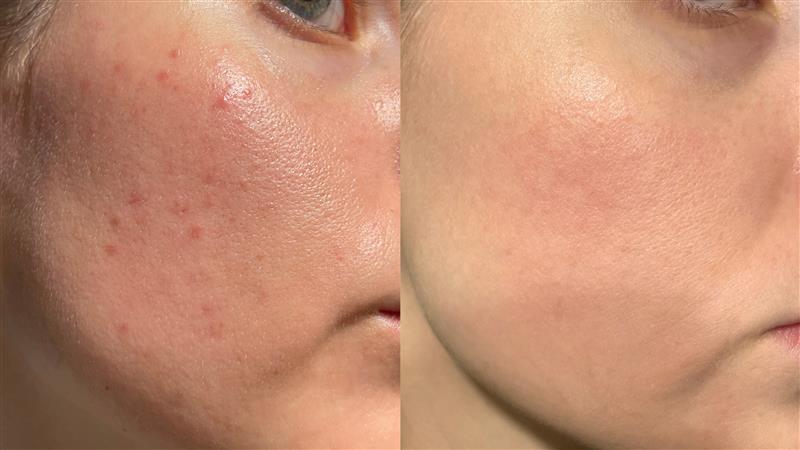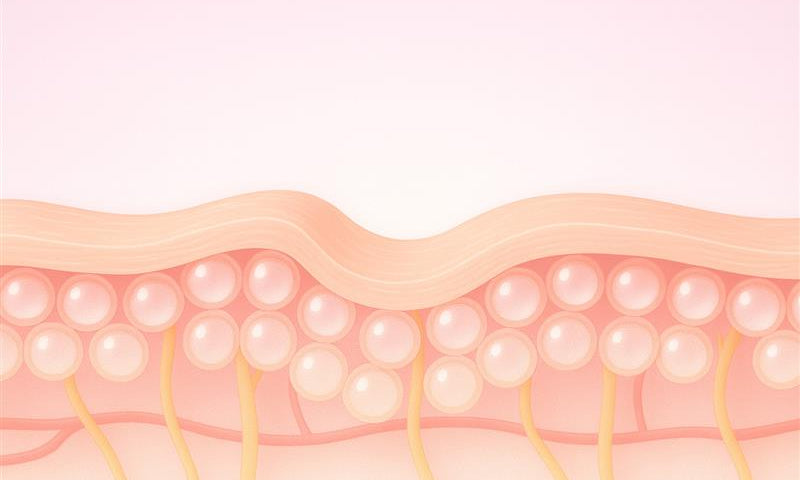With the rise of natural tallow skincare comes a lot of curiosity and questions, such as: Is beef tallow good for skin? Unlike synthetic, petroleum-derived skincare ingredients or even plant oils, beef tallow has similarities with the skin itself, making it a natural and biocompatible choice.
Today’s article will delve into beef tallow skincare, exploring the benefits of beef tallow for the skin and how to incorporate it into your skincare routine. Keep reading as we discuss:
- What is beef tallow
- The nutrition profile of beef tallow vs plant oils
- Grass-fed beef tallow
- The skin benefits of using tallow
- Skin-type considerations
- Beef tallow moisturizer
What Is Beef Tallow in Skincare?
Beef tallow is rendered animal fat from cows. The rendering process involves melting the fat, straining it to remove impurities, and returning the fat to room temperature.
Traditional cultures are known for using all parts of the animal, and tallow is no exception. It has a long history of use as a cooking fat, in soap making, as a biofuel, and for moisturizing skincare. Today, there is an enthusiastic return to tallow-based products because tallow serves as a natural alternative to synthetic products, offering a long list of skin benefits.
Nutritional Profile of Beef Tallow
Tallow is composed primarily of triglycerides. Triglycerides are a glycerol molecule attached to three fatty acids. Fats are also organized and stored in the human body as triglycerides. Tallow contains the following fatty acids:
- Oleic acid – An omega-9 fat, also abundant in olive oil
- Palmitic acid – The most common saturated fat in nature, also abundant in palm oil
- Stearic acid – Another prominent saturated fat in animals and humans
- Linoleic acid – An essential omega-6 fatty acid, also found in nuts and seeds
- Alpha-linolenic acid – An essential omega-3 fatty acid, associated with anti-inflammatory actions
Along with the triglycerides in tallow, you’ll find the fat-soluble vitamins A, D, E, and K, as well as vitamin B12
Plant oils and synthetic skincare ingredients derived from petroleum do not have the same nutrient profile compatible with human skin.
Why Grass-Fed Tallow Matters
The cow’s diet plays a significant role in the nutrient composition of tallow. Grass-fed beef has a more favorable fatty acid profile, containing more essential and anti-inflammatory omega-3 fats compared with conventional, grain-fed beef.
Benefits of Beef Tallow for Skin
Due to its high nutrient density and biocompatibility, beef tallow provides numerous benefits when applied topically to the skin. Benefits of using a beef tallow balm/cream include:
- Skin barrier support and repair
- Deep moisturization
- Anti-inflammatory properties
- Wound-healing support
Beef tallow shares similarities in composition with the human skin and sebum, the natural oils produced by the skin.
Is Beef Tallow Safe for All Skin Types?
In short, yes, beef tallow is safe for all skin types, including:
- Aging skin – Beef tallow is anti-aging, anti-inflammatory, and supports skin regeneration
- Acne-prone and oily skin – Tallow for acne/oily skin may seem counterintuitive, but tallow strengthens the skin barrier, has antimicrobial properties, and helps balance sebum production
- Sensitive skin – Tallow soothes and strengthens sensitive skin and skin prone to rashes, redness, and irritation
Does Beef Tallow Clog Pores
Beef tallow is non-comedogenic, which means it doesn’t clog pores. This property is due to its similarities in fatty acid composition with human skin.
Beef Tallow for Eczema and Psoriasis Relief
Beef tallow for eczema and other skin conditions is not a new discovery; it has been used for centuries. For many who have tried everything to relieve eczema, turning to natural, biocompatible tallow is a game-changer, providing fast and lasting relief.
How to Use Beef Tallow as a Moisturizer
Moisturizers create a barrier between the skin and the environment, locking in hydration and nutrition while protecting the skin from external stressors. Use beef tallow as a moisturizer in these ways:
- Pure tallow balm – this is simply rendered tallow
- Whipped tallow cream – this version whips the tallow for a smooth and light texture
- Blends with essential oils or butters – this tallow version adds additional skin supportive oils and natural scents for the most pleasant experience
Sveda Tallow Balm is made with whipped grass-fed tallow, jojoba oil, beeswax, and natural essential oils.
Final Verdict: Is Beef Tallow Good for Skin?
All the evidence from ancestral uses to modern science points to the multiple benefits of beef tallow for skin health, with minimal risks
Let’s review some of the most frequent questions we receive:
Does beef tallow clog pores? No, tallow is non-comedogenic and appropriate for all skin types.
Can you use beef tallow on your face? Yes, we recommend a high-quality grass-fed tallow-based product from Sveda.
What are the risks of tallow skincare? Tallow is nutrient-rich and biocompatible substance, suitable for even the most sensitive skin, including that of infants, children, and individuals with skin conditions. The only caution would be if you have a beef allergy.
Sveda Skincare offers the highest-quality whipped tallow products to meet your skincare needs, safely, naturally, and effectively.
References
- Russell, M. F., Sandhu, M., Vail, M., Haran, C., Batool, U., & Leo, J. (2024). Tallow, Rendered Animal Fat, and Its Biocompatibility With Skin: A Scoping Review. Cureus, 16(5), e60981.
- Davis, H., Magistrali, A., Butler, G., & Stergiadis, S. (2022). Nutritional Benefits from Fatty Acids in Organic and Grass-Fed Beef. Foods (Basel, Switzerland), 11(5), 646.



